What is a Motor?
Quest For Motors' Hidden Abilities and New Potentials
Takashi Kenjo presents various events and episodes about motors in this column. He explains the history of motors focusing on people and events that laid the path for development of today's motors. Please enjoy.
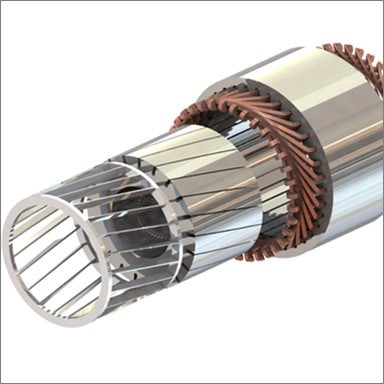
【NEW】 Lecture 17:The Superconductor Induction Motor
What if we adopt superconductivity, a state-of-the-art technology? To answer this question, I set an interview withProfessor Taketsune Nakamura at Kyoto University, who is one of the experts in this area.
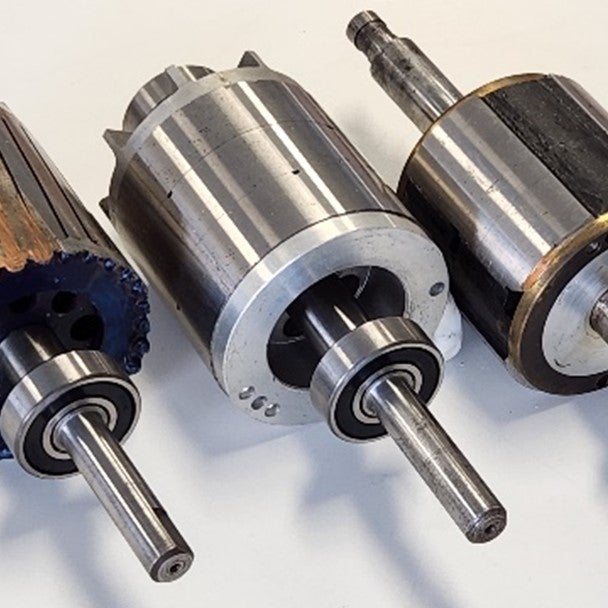
Lecture 16: The Structures and Types of Synchronous Motors
There is a concept that AC motors can be classified into commutator type and rotating magnetic field type, with the rotating magnetic field type further divided into induction motors and synchronous motors. Last time, we covered induction motors, so this time it's the turn of synchronous motors.
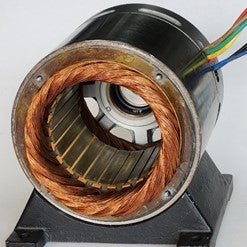
Lecture 15: The Case of the Three-phase Induction Motor
The rotating magnetic field-type motor, which uses a three-phase AC, has an electromagnetic induction that uses a squirrel-cage rotor to enable electricity-to-mechanical energy conversion. The latest edition of this column features the three-phase induction motor.
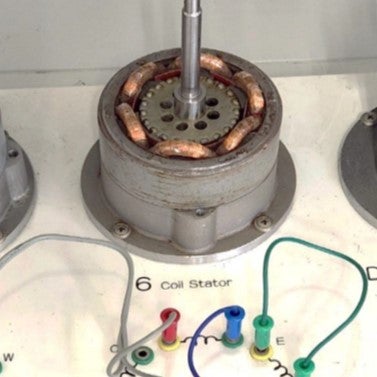
Lecture 14: Mysteries of the Induction Motor
– Considerations based on a Transformer Model
This lecture focuses on the induction motor. There are several types of induction motor and the main one is used world widely as industrial motors. In this lecture I pick up a curious type of induction motor.
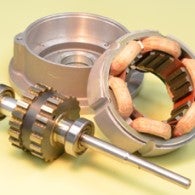
Lecture 13: Induction Motor and Inductor Motor
Despite similarities in their names, the induction motor and the inductor motor have widely different characteristics and applications between each other.
It is important to know the meanings of and the historical background behind these names.
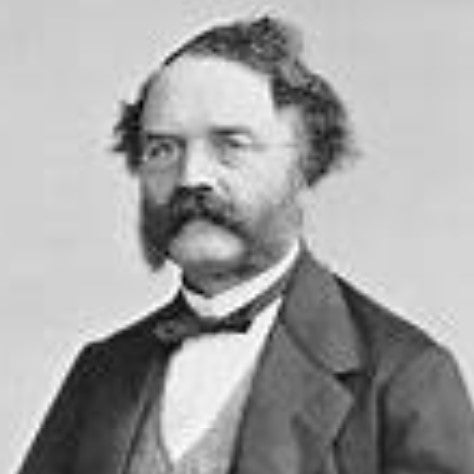
Lecture 12: Special theory of relativity derived from Siemens’ unipolar machine
Continuing from the Lecture 11, I would like to consider non-Lorentz forces and the theory of relativity.
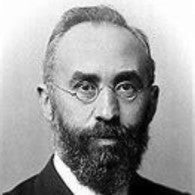
Lecture 11: The mystery of non-Lorentz force
The topic is “What is non-Lorentz force?”This is related to advanced mathematics and physical interpretation.
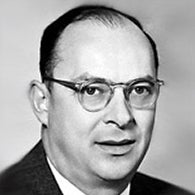
Lecture 10: Chuo Shinkansen (Bullet Train)—The World's Largest Motor
The tenth focuses on the world's largest motor, developed for use in the maglev Chuo Shinkansen that will connect Tokyo and Osaka.
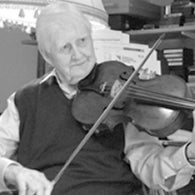
Lecture 9: Compact Motors that Utilize Neodymium Magnets and Their Increase in Torque
In the ninth article, some aspects of the recent design trends in compact motors are examined in order to grasp the meaning of the trend to use powerful neodymium magnets to generate high torque in a compact motor.
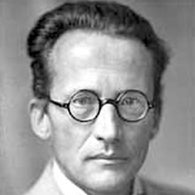
Lecture 8: The Advances in Semiconductor Technology that Created the Field of Power Electronics
The eight article focuses on the advances in semiconductor technology that paved the way for the emergence of the electronic technology to drive and control motors that has come to be referred to as power electronics.
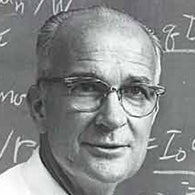
Lecture 7: The Advance of Transistors and Motors
The seventh installment focuses on the appearance of the transistor, a semiconductor device that brought about rapid progress in electronics and compact motors.
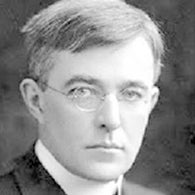
Lecture 6: The Advance of Electronic Devices and Motor Technology
The sixth edition of this article focuses on electronic devices, whose types and applications vary widely. It is the evolution of electronic devices that played a critical role in the emergence of new motors.
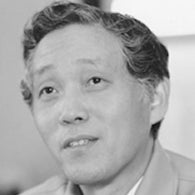
Lecture 5: Ultrasonic Motors—Mimicking the Movements of Human Hands
The focus of this fifth article was Mr. Sashida, the inventor of the cuneate ultrasonic motor, and a comparison of three types of motors (electromagnetic, electrostatic, and ultrasonic motors). Ultrasonic motors, when applied in various fields, are expected to affect the robot industry significantly, leading to the realization of actuators for hand fingers, etc.
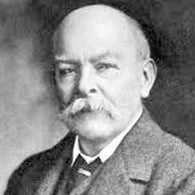
Lecture 4: Motors and the Flow of Energy in Electromagnetic Fields
The fourth article focuses on John Poynting, a physicist who propounded a theory on the flow of energy, and presents a consideration on the air gap between the stator and the rotor. The application and development of electromagnetic motors made a significant influence on the theories applied to Japan’s linear express.
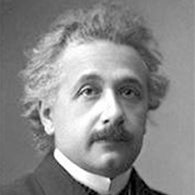
Lecture 3: Einstein's Theory of Relativity and its Relation to Motors
The third article focuses on Albert Einstein’s electrodynamics, and discusses relations between the motor and the Theories of Relativity, which influenced various matters, including the consideration by Gabriel Kron, who developed a theory on rotating electrical machinery.
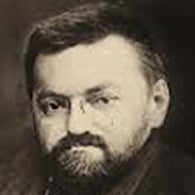
Lecture 2: Steinmetz and the Hysteresis Motor
The second article covers Steinmetz who invented the hysteresis motor. This rotating magnetic field-type AC motor has been gradually replaced by brushless motors due to the development of downsizing and speed control technology.
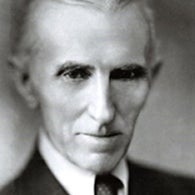
Lecture 1: Nikola Tesla and the Invention of the AC Motor
This column focuses on Nikola Tesla who invented the AC motor. He makes an assertion that Tesla must be the most important inventor in the history of motor development from the age of Watt's steam train to today, and explains the reasons why.
Editor and Writer
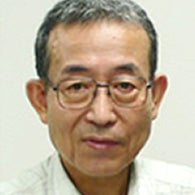
Takashi Kenjo Nidec Technical Adviser
| Born in 1940 | Born in Shizuoka Prefecture |
|---|---|
| 1964 | After earning a master's degree in engineering from Graduate School of Engineering, Tohoku University, he joined Teac Corporation. He began researching and designing small precision motors for magnetic recording devices. In the fall, his work was used to manufacture a high-priced tape record brand. A key part of the design approach developed at that time was published in a German academic journal called Eektrotechnische Zeitschrift in 1968 |
| 1965 | He took up a full-time lectureship at Polytechnic University. From 1966, he started work as a student advisor. One of his first students was Shigenobu Nagamori. |
| 1970 | He received a doctoral degree in engineering from Tohoku University for his electromagnetic field theory of rotary electric machines of AC motors. |
| 1971 | He took up an assistant professorship at Polytechnic University. |
| 1976 | He attended the world's first academic conference on compact motors, and subsequently got the idea to publish his book in English as well as for the upcoming symposium and exhibition. |
| 1977 |
He published "Precision, Compact Motors for Electronic Equipment" (Sogo Denshi Shuppansha)
"DC Servo Motors for Mechatronics" (Sogo Denshi Shuppansha) |
| 1980 | He started development of the educational motor controller Kentac Series with Hisashi Takahashi (now a professor at Shizuoka Institute of Science and Technology) with his presentation of "Microprocessor control self-optimization drive of a step motor" at the "Incremental motion systems and devices" symposium held at Illinois University. Z80-based Kentac Mark II became the standard. |
| 1981 | He took up the position of Planning Director of "Compact Motor Technology Symposium" held by the Japan Management Association (up to 1990). An exhibition was held from 1983 in parallel with the symposium that has grown significantly. |
| He received a professorship from Polytechnic University. | |
| 1984 | He published "Stepping motors and their microprocessor controls" from Oxford University Press. |
| 1985 | Oxford University Press published he and co-author Shigenobu Nagamori's book, "Permanent-magnet and brushless DC motors". |
| 1990 | He presented the Kentac series-based digital motor control to the world through his book, "Power electronics for the microprocessor age" published by Oxford University Press. |
| 1995 | Kodansha published his "Illustrated, Plain Introduction to Electronics Circuit" book based on his research into motor control carried out at Polytechnic University. |
| 2000 | Sogo Denshi Shuppansha published his book, "New Brushless Motors" (co-authored by Shigenobu Nagamori). From around 1995 up to this time, he had begun studying automatic and flexible control of mechanisms by use of compact light-weight brushless motors. This study led to significant developments when it was actually applied to the design of linear actuators. Some of his achievements are introduced in the above book. Its authorized English edition was published in 2003. |
| 2001 | He published "Developing educational software for mechatronics simulation" in IEEE Transaction on Education (the book was a core component of the studies he began around 1990 into mathematical methods for simulation of power steering). Nikkan Kogyo Shimbun published "Experiments and Simulation for Leaning Motor Control", which contains detailed explanations of practical cases. |
| 2005 | He retired from Polytechnic University due to age limits. He then took up a directorship position at Nidec Motor Engineering Research Laboratory. He declared in his inaugural address that he would develop brushless motors with world-leading performance. He achieved this goal when he won the F5B world championship in 2010. |
| 2007 | He received an honorary directorship from Nidec Motor Engineering Research Laboratory. |
| 2012 | Nidec Technical Adviser |
| He published "SR Motor" (Nikkan Kogyo Shimbun). |
